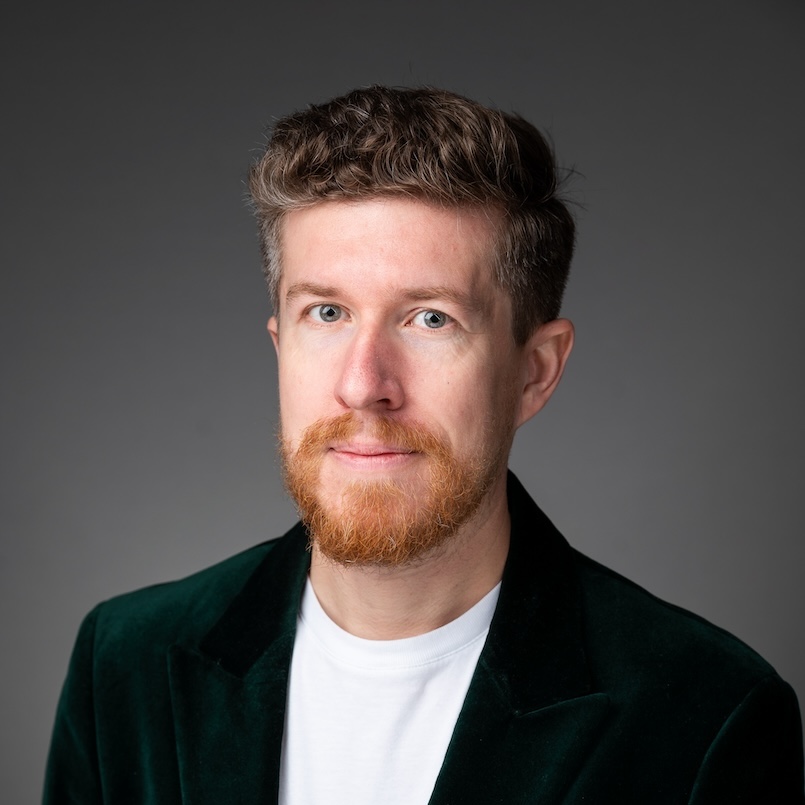FABIAN OFFERT
I am Assistant Professor for the History and Theory of the Digital Humanities, Director of the Center for the Humanities and Machine Learning, and Principal Investigator of the AI Forensics Project at the University of California, Santa Barbara. My research focuses on the epistemology, aesthetics, and politics of artificial intelligence: I study how machine learning models represent culture and what is at stake when they do. My current book project, Vector Media, writes the first comprehensive history and theory of vector space as a space of universal commensurability in contemporary machine learning. You can find a full list of my publications here (including position papers on critical AI studies and digital art history), or email me to get in touch.
Upcoming events
Jan. 8-10: AHA 2026 Chicago ● Jan. 13: University of Amsterdam, Critical AI Seminar Series ● Jan. 16: University of Texas, Austin, Humanities in the Age of AI ● Mar. 9-11: New York University, Cultural AI: An Emerging Field ● Mar. 30: Emory University ● past events






